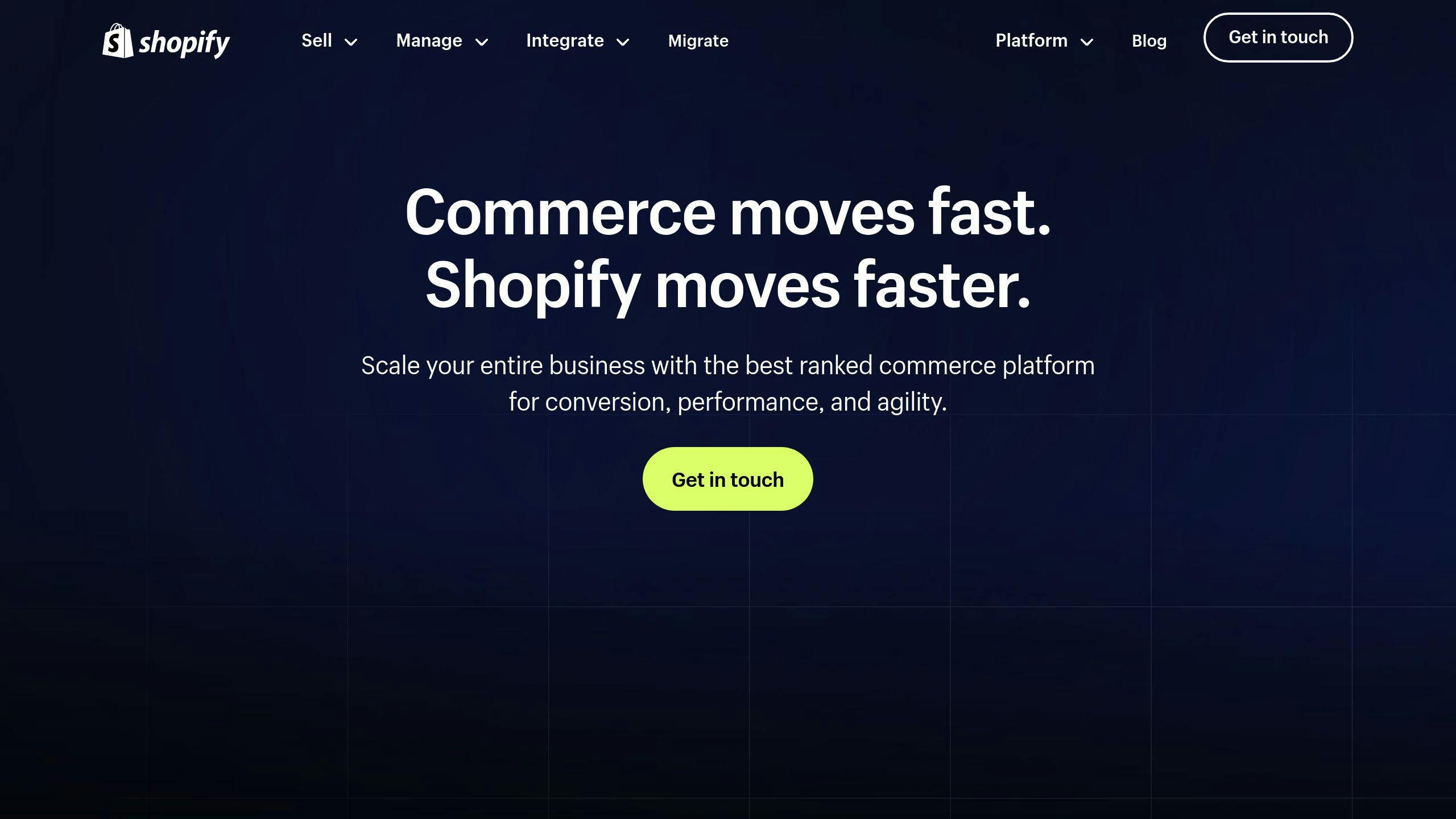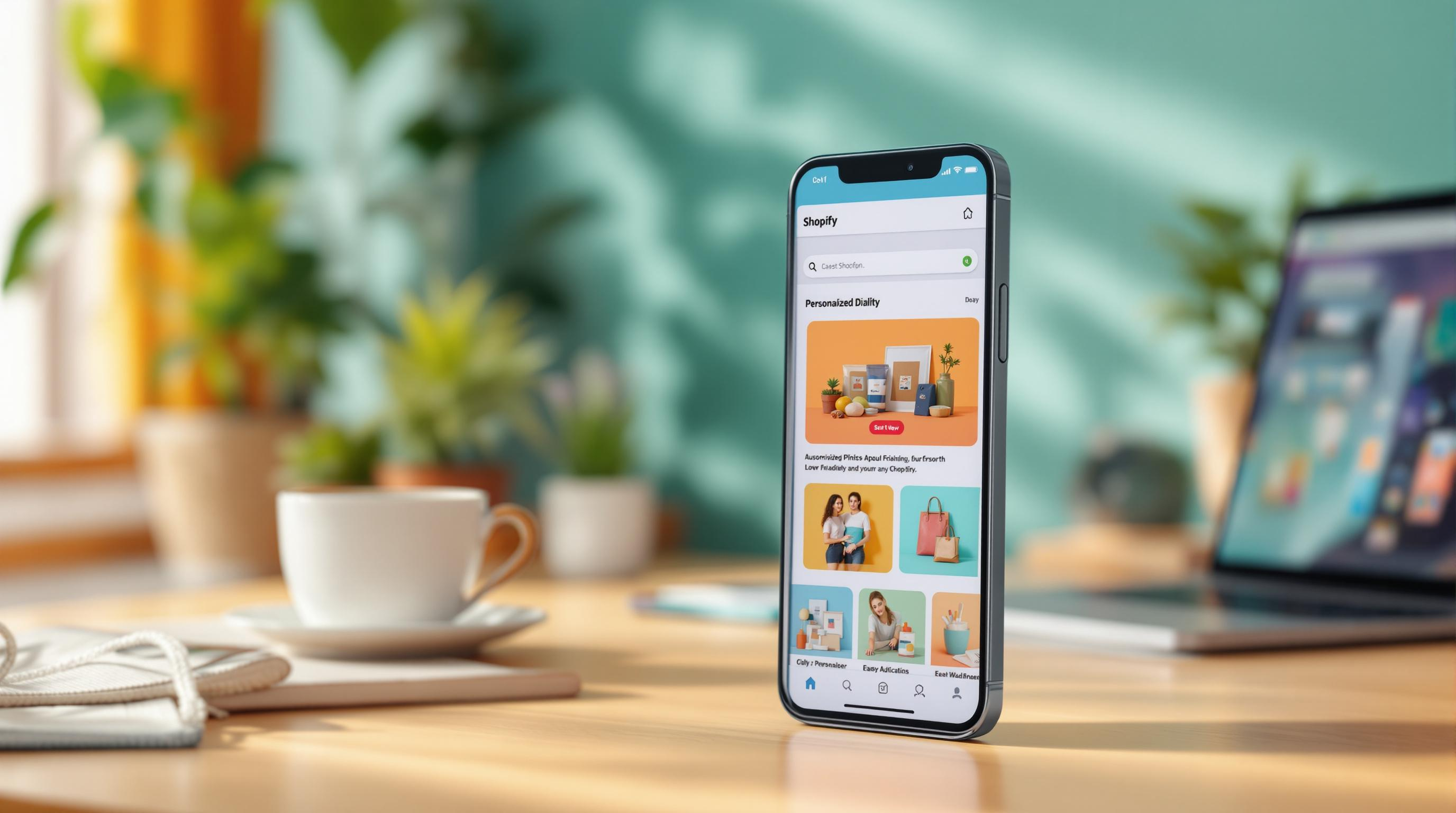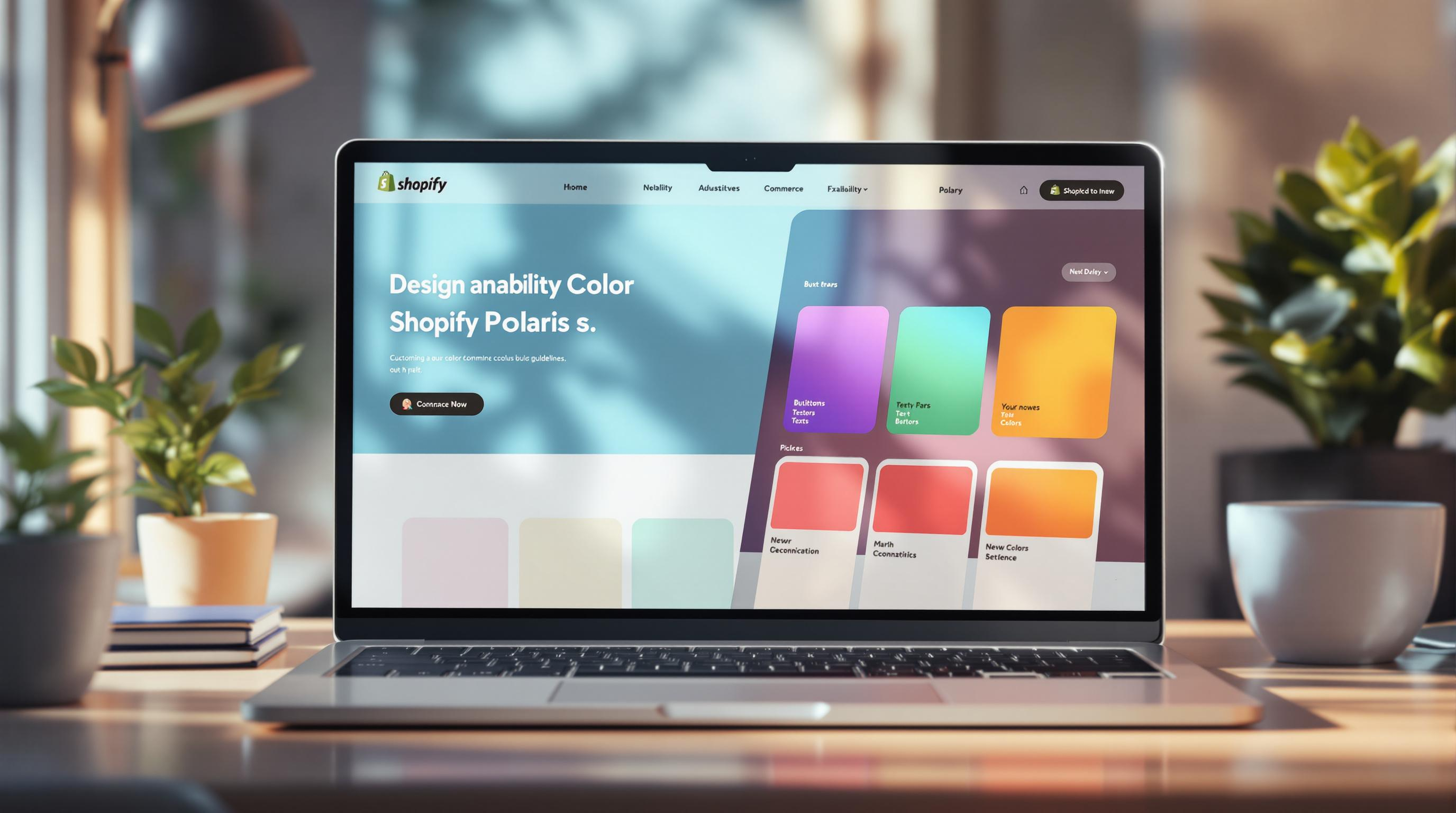By Mladen Terzic
Shopify UI/UX & Design
27th May 2025
5 min read
Shopify Plus Migration: Custom Theme Tips
Discover how to customize your Shopify Plus theme to boost performance, branding, and user experience.

Shopify Plus migration can transform your eCommerce store with advanced features like custom checkouts, better API access, and automation tools. But to truly benefit, customizing your theme is essential. Here's what you need to know:
- Why Custom Themes Matter: They improve branding, user experience, and site performance while supporting growth.
- Key Shopify Plus Features for Customization: Tools like Shopify Flow, Script Editor, and headless commerce can enhance functionality and scalability.
- Steps to Customize:
- Choose a lightweight, mobile-friendly theme.
- Use Shopify’s theme editor and advanced features to align with your business goals.
- Optimize performance by compressing images, cleaning code, and limiting third-party apps.
- Performance Tips: Focus on faster load times, regular theme updates, and leveraging Shopify’s global CDN.
For complex needs, consider hiring Shopify Plus experts to ensure smooth migrations and performance optimization. Custom themes aren't just about aesthetics — they're critical for long-term success.
How to Update Your Shopify Theme (without losing anything)
Getting Your Store Ready for Custom Themes
After migrating to Shopify Plus, it's important to prepare your store for custom themes to make the most of the platform's advanced tools.
Identifying Business Goals and Customer Needs
To get started, review your store's performance and align theme customization with your business objectives. Here's how you can prioritize your customization efforts:
| Business Goal | Theme Considerations | Impact Metrics |
|---|---|---|
| Increase Mobile Sales | Mobile-friendly layouts | Mobile conversion rate, bounce rate |
| Boost Average Order Value | Cross-sell sections, bundle displays | Average order value (AOV), items per order |
| Improve Customer Experience | Simplified navigation, better search | Time on site, pages per session |
For example, MVMT Watches used mobile-optimized custom themes to boost mobile conversions by 35%. Once you define your goals, you can leverage Shopify Plus features to build a custom theme that meets these targets.
Learning About Shopify Plus Features

Shopify Plus comes with tools that can enhance your custom theme's functionality and overall store performance:
| Feature | Customization Impact | Implementation Priority |
|---|---|---|
| Shopify Flow | Automates segmentation and personalizes content | High - improves user experience |
| Script Editor | Enables custom checkout options and pricing rules | Medium - supports sales processes |
| API Capabilities | Allows headless commerce and custom integrations | High - supports scalability |
Using lightweight themes and limiting third-party apps can improve load times by up to 40%. Codersy, a Shopify Plus agency, is known for optimizing custom themes to enhance both performance and user experience, making full use of the platform's features.
sbb-itb-6dc743d
Steps to Customize Themes in Shopify Plus
Selecting the Right Theme for Your Store
Picking the right theme is crucial for Shopify Plus merchants managing high sales volumes. When evaluating themes, focus on these key areas:
| Theme Aspect | What to Look For | Why It Matters |
|---|---|---|
| Design Flexibility | Modular layouts, customizable sections | Ensures brand consistency and a tailored user experience |
| Mobile Compatibility | Responsive design, touch-friendly navigation | Boosts mobile sales and usability |
| Support for Plus Features | Integration with tools like Flow and Script Editor | Enables advanced store functions |
| Performance | Efficient code, optimized assets | Improves page load speed and user engagement |
After choosing a theme, the next step is customizing it to reflect your brand and meet your business goals.
Customizing Themes for Your Brand and Features
Before you dive into making changes, duplicate your theme to create a backup. This ensures you can revert if needed. Here’s how to approach customization:
-
Start with Built-in Tools
Use Shopify’s theme editor to make initial adjustments. This includes setting up features that align with your goals, like improving mobile sales or creating a seamless browsing experience. -
Add Advanced Features
Leverage Shopify Plus capabilities to enhance your store. For instance, you can explore headless commerce to separate your frontend design from backend operations, giving you more control over the user experience. -
Focus on Performance
Keep your customizations efficient by:- Compressing images
- Enabling lazy loading
- Writing clean, efficient code
- Reducing reliance on third-party scripts
If your store requires more complex changes, consider working with experts like Codersy to ensure everything runs smoothly while meeting your business needs.
Improving Theme Performance on Shopify Plus
Boosting Page Load Speed
Page load speed is crucial for conversions and user experience on Shopify Plus stores. Here’s how you can improve it:
| Optimization Area | Implementation Method | Impact |
|---|---|---|
| Image Assets | Compress images with tools like TinyPNG and enable lazy loading | Cuts file sizes without losing quality |
| Code Efficiency | Minify CSS/JavaScript and optimize Liquid code using Shopify's editor | Speeds up server response times |
| CDN Usage | Take advantage of Shopify Plus's global CDN | Ensures faster content delivery worldwide |
| Third-Party Apps | Audit and remove unused apps; prioritize lightweight alternatives | Reduces JavaScript load |
For even better results, think about advanced solutions like headless commerce.
Using Headless Commerce for Better Performance
Shopify Plus offers robust API tools, making headless commerce a practical choice for stores aiming to improve performance and user experience. This approach separates the front-end and back-end, offering benefits such as:
- Faster Page Transitions: Content loads dynamically without reloading the entire page.
- Custom User Interfaces: Design interfaces optimized for specific devices.
Stores adopting headless commerce on Shopify Plus have seen load times improve by up to 30% and conversion rates increase by 20% [2]. However, regular maintenance is key to keeping these benefits over time.
Keeping Themes Updated and Secure
Routine updates and maintenance are essential for both performance and security. Follow these steps:
1. Track Performance Metrics
Use Shopify analytics to monitor key metrics like TTFB (Time to First Byte) and FCP (First Contentful Paint). Regularly update your theme to stay compatible with Shopify Plus's newest features [1].
2. Refine Your Code
Review and clean up your theme's code periodically. Remove outdated functions and align with current best practices to enhance efficiency [3].
"Limiting third-party apps and JavaScript is crucial for maintaining optimal performance. Every additional script may slow your store's load time and impact user experience [3]."
For complex optimizations, consider hiring developers experienced in Shopify Plus. They can help fine-tune your store’s performance while ensuring customizations align with your business needs.
Final Thoughts and Next Steps
Key Points to Keep in Mind
Customizing themes on Shopify Plus requires a mix of technical skill and business strategy. Start by choosing lightweight themes that align with your brand and ensure smooth performance. You might also want to explore headless commerce setups, which have been shown to boost load speeds by up to 30% [2].
| Focus Area | Action | Benefit |
|---|---|---|
| Theme Selection | Choose lightweight designs | Better user experience |
| Performance | Streamline code and track metrics | Faster site loading |
| Security | Regular theme updates | Safeguards store operations |
Collaborating with Experts Like Codersy

For more advanced customizations or challenging migrations, working with professionals can make all the difference. Developers can tackle tasks like:
- Setting up headless commerce for improved speed and flexibility
- Enhancing theme performance for stores with heavy traffic
- Building custom features tailored to Shopify Plus
- Ensuring smooth integration of advanced tools and functions
Agencies such as Codersy specialize in addressing these challenges. Whether it’s custom theme development or optimizing performance, their expertise can help you unlock the full potential of Shopify Plus, especially for high-demand stores or complex setups.



